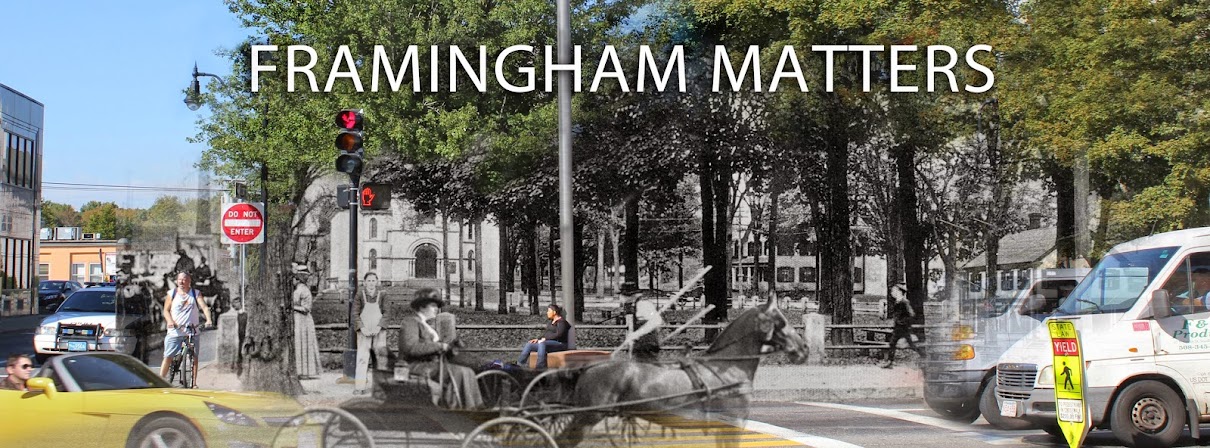 |
| Curry Cottage (c. 1875), at corner of Hollis and Charles Streets, was home of Inventor Margaret E. Knight from 1889-1914 |
Knight built a wooden model of the device, but needed a working iron model to apply for a patent. Charles Annan (see footnote at end of article), who was in the machine shop where Knight's iron model was being built, stole her design and patented the device. Knight filed a successful patent interference lawsuit and was awarded the patent in 1871. With a Massachusetts business man, Knight established the Eastern Paper Bag Co. and received royalties.
 |
| For more information and diagrams of Patents please click on the image |
| Patent model of Margaret Knight's machine for making paper bags, 1879. Collection of the Smithsonian Institute. |
But what about the story of the shopping bag, you ask?
In the age of street vendors and sprawling town markets, shoppers carried purchases in their own baskets and bowls. It wasn’t until the early 1800s, writes Pamela Klaffke in Spree: A Cultural History of Shopping, that stores began to provide packaging themselves. The mass production of paper had cheapened the cost of wrapping, and stores would use string to create makeshift handles.
Stores also carried out their own deliveries. At the turn of the nineteenth century, shops offered free delivery as part of a marketing tool. By the 1910s, gas-fueled cars and trucks began to replace horse-drawn buggies. Stores soon started to paint their trademark colors and logos on the trucks, writes Jan Whitaker in Service and Style, as a prototype to the mobile advertising of shopping bags. As people started to increasingly own their own cars, they needed carts and shopping bags.
The shopping bag as we know it evolved piecemeal. In 1852, a schoolteacher named Francis Wolle invented the paper bag, which was originally envelope-shaped and ridiculously flimsy; nineteen years later, a cotton-mill worker named Margaret Knight invented a machine that could efficiently produce these bags.
Margaret Knight never married. She died at Framingham Hospital in October 12, 1914 and was buried in Newton, Mass. It seems that she never saw great wealth from her inventions, but rather sold the rights to them to companies for immediate cash. However, we will be beholden to Margaret E. Knight as long as the flat-bottomed paper bag remains in use.
_______
Footnote: Charles Annan, a man who was visiting the factory, stole her idea and tried to get a patent on it. Instead of backing down, Margaret filed a patent interference suit against him. She spent $100 a day plus expenses for sixteen days of depositions from herself and other witnesses. Annan’s defense? He claimed that because Margaret was a woman she wasn’t capable of understanding such a complex machine. Margaret’s offense? Her detailed notes, diary entries, and trial and error samples validated her creative process. The court ruled in her favor. "I'm not surprised at what I've done. I'm only sorry I couldn't have had as good a chance as a boy, and have been put to my trade regularly."
